Box 3: Dinosaurs and Mass Extinctions
A meteorite of about 10km across may have caused the mass extinction at the end of the Cretaceous period, about 65 million years ago. Sixty percent of all the species on Earth at the time became extinct, including the dinosaurs.
There is a crater of about this age on Yucatan Peninsula of Mexico, which is 180 kilometres wide. The crater is now buried, but its outline is visible on geophysical surveys.
It would take 100 million megatons of TNT to create a crater of this size! Vast amounts of dust would be thrown into the atmosphere, blocking out the sun. This would affect the growth of plants and the animals which depend on them.
Geologists are still not sure whether or not the mass extinction was caused by this impact. However, we are sure that a vast meteorite hit the Earth at this time.
What's in Box 3?
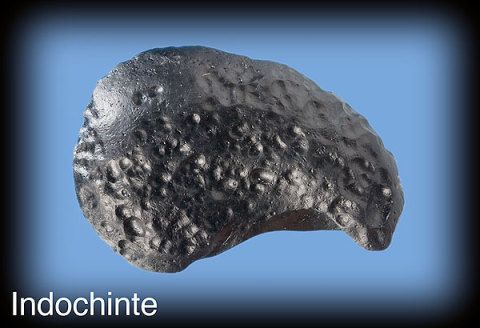
1. Indochinite tektite
Sometimes meteorite impacts melt the Earth's crust and splatter the ground with droplets of rock glass. They are called tektites.
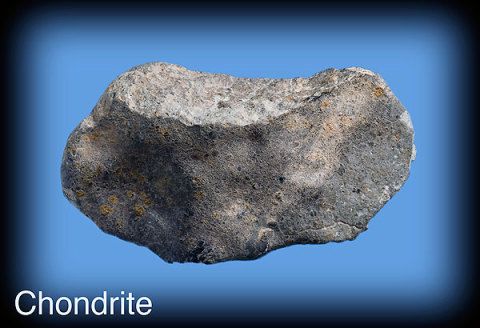
2. Chondrite meteorite
Chondrites are made of small spheres (chondrules) that clumped together in the early solar system. The Earth would have originally formed from material like this.
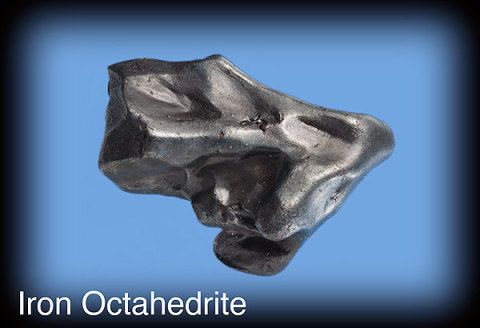
3. Nickel iron meteorite
This meteorite fell on February 12, 1947 in Russia. This is the core of an asteroid, which has a similar composition to the Earth's core.
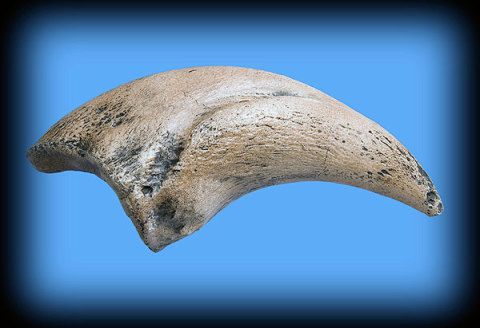
4. Tyrannosaurus Claw
Tyrannosaurus rex lived approximately 68 to 65 million years ago. It was among the last dinosaurs to exist before the mass extinction 65 million years ago.
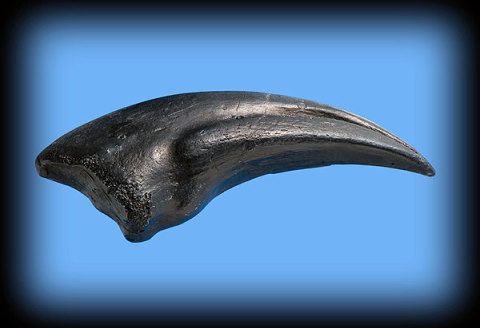
5. Velociraptor Claw
Velociraptor was a small feathered carnivore which ran on two legs, with a long tail and this sickle-shaped claw on each hindfoot, which was used to kill its prey.
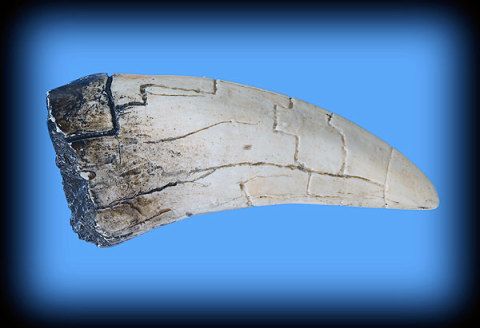
6. Tyrannosaurus Tooth
Tyrannosaurus was both a predator and a scavenger. It had an estimated bite force of 200,000 newtons — enough to crush a Triceratops.
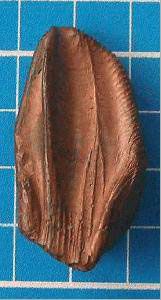
7. Iguanodon Tooth
Iguanodon was a large bulky herbivore, whose most distinctive features were its large thumb spikes, which were used for defence against predators.
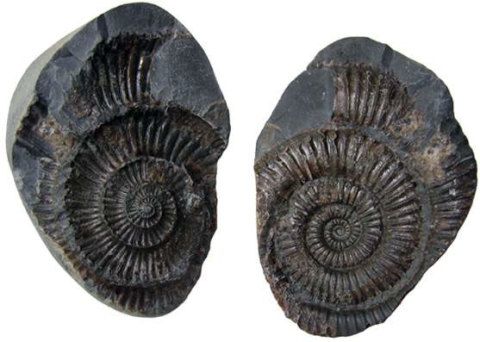
8. Ammonite fossil
Ammonites are an extinct group of marine animals, which died out at the end of the Cretaceous period 65 million years ago. Ammonites' closest living relatives are octopus, squid, and cuttlefish.
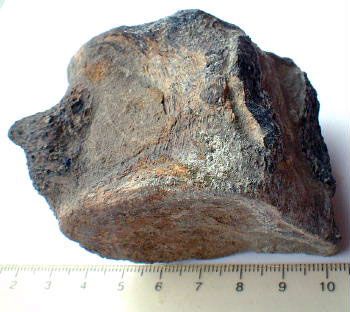
9. Plesiosaur vertebra
Plesiosaurs were carnivorous marine reptiles which thrived until the end of the Cretaceous Period, when they became extinct. Although they lived at the same time as dinosaurs, they were not actually dinosaurs.